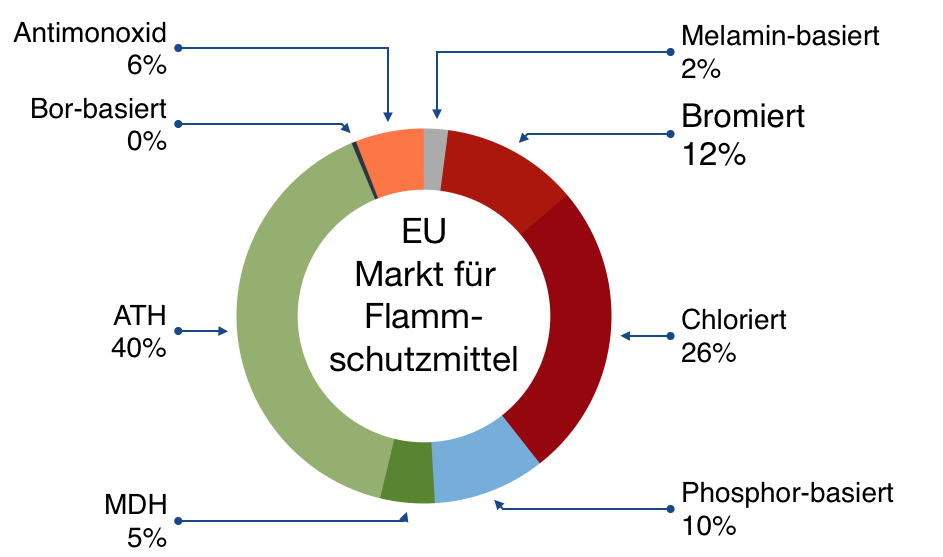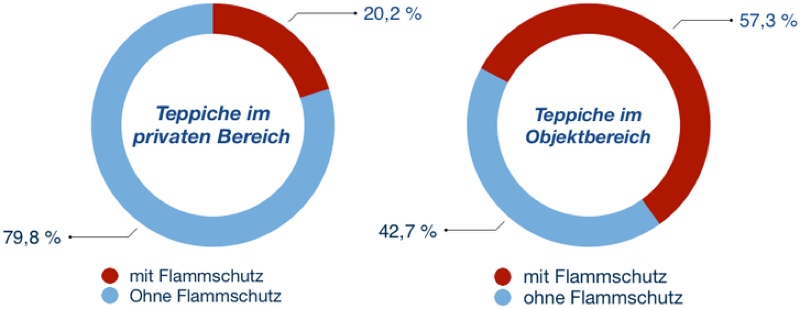Use of flame retardants
in the production of textile floor coverings
Reports are regularly published concerning the flame retardant properties of textile floor coverings, and in particular the possible use of ‘substances of concern’ such as chlorinated and brominated organic chemicals. Learn more about which chemicals are used and why.
Flame retardants which are prohibited for use during the manufacture of textile floor coverings
Over time, GUT has developed a list of flame retardants which are prohibited for use during the manufacture of textile floor coverings. This is to ensure that any carpets produced conform to the desired standards on flame retardancy whilst not using any substances which are damaging to the consumer or the environment. The following list is an overview of the banned substances.
List of banned flame retardants
Use of flame retardants in the European Union
Use of flame retardants in textile floor coverings
Nearly 80% of textile floor coverings in the private sector do not have additional flame retardants added, whilst within the commercial sector, with its higher statutory requirements, approximately 43% have no additional flame retardants. This proves that textile floor coverings can be produced safely and without the need for additional chemicals to be used in order to achieve the required National and European fire regulations, providing the correct materials are selected for the correct construction in manufacture. In those cases where the use of flame retardants is needed to guarantee additional safety requirements only those substances that are not prohibited are allowed to be used. In most case ATH (aluminium trihydroxide) is use.

